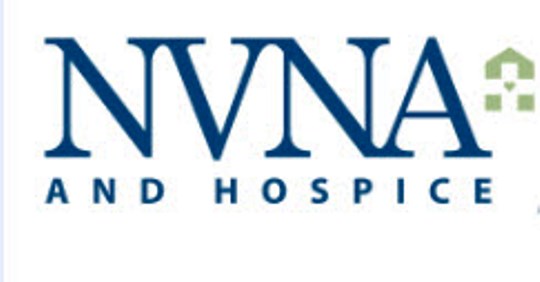A program at the Norwell VNA and Hospice that targets patients with Heart Failure (HF) has proven successful in reducing hospital admissions and readmission.
The Norwell model relies on two foundational elements: (1) a strong clinical commitment to chronic care management using a wide-ranging team of providers and the patient, and (2) early intervention using telehealth technology.
All of Norwell's patients with a history of heart failure are entered into its care management program, but are managed differently depending on the severity of their illness. All interventions consist of two teams - the telehealth team and the home healthcare team coordinating care.
The telehealth team includes a nurse practitioner, three registered nurses on a rotating schedule, and one technician to manage the telehealth equipment. The home health team includes the home health nurse, the agency's medical director, occupational and physical therapists, case managers, home health aides, nutritionists, and medical social workers.
Readmission programs also rely heavily on case management personnel at area hospitals, a patient's primary care physician, patients themselves, and patients' families
A key element of the Norwell program is "front-loading" visits to high-risk patients during the first week of care. Within the first 24 and 48 hours, two visits are made to conduct initial assessments, set up the telehealth equipment, and involve the patients in their own care.
The telehealth technology provides real-time information to the care team to support their decision making and helps patients recognize the signs and symptoms that may indicate their heart failure is worsening. For example, it can provide a comparison to the prior day's weight. (A patient with congestive heart failure that gains weight quickly - 2 to 3 pounds in 24 hours - is retaining water and is at risk for rehospitalization.) The telehealth system can also provide daily health status assessment and education. Based on the patient's responses, the telehealth equipment helps the patient connect their daily behaviors to their health status.
The Norwell VNA's care management program combined with the telehealth technology successfully reduced the organization's overall acute care hospitalization (ACH) rate from 25% to 20% as reported in Home Health Compare. The ACH rate for just heart failure patients in the program was 19%. Of the 115 people enrolled in the heart failure program, 22 were re-hospitalized, and the most prevalent reasons for those hospitalizations were falls and shortness of breath (dyspnea).
This publication from the Alliance for Home Health Quality & Innovation gives more information about Norwell VNA and Hospice's successful program.
The Norwell VNA and Hospice's initiative is just one of the many programs underway in Massachusetts and throughout the U.S. to reduce hospital readmissions. MHA has played a role in coordinating many of those efforts within the state, which include: STAAR (STate Action on Avoidable Rehospitalizations); Potentially Preventable Readmissions (PPR) Project with 3-M; MOLST (Medical Orders for Life-Sustaining Treatment); and Project BOOST (Better Outcomes for Older Adults through Safe Transitions).

